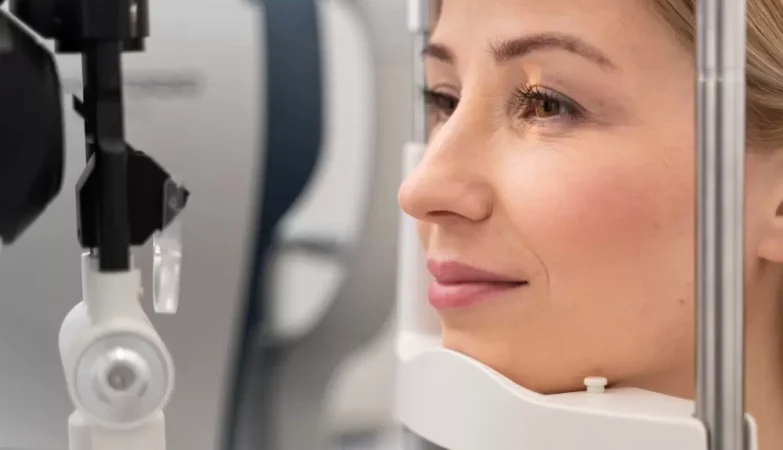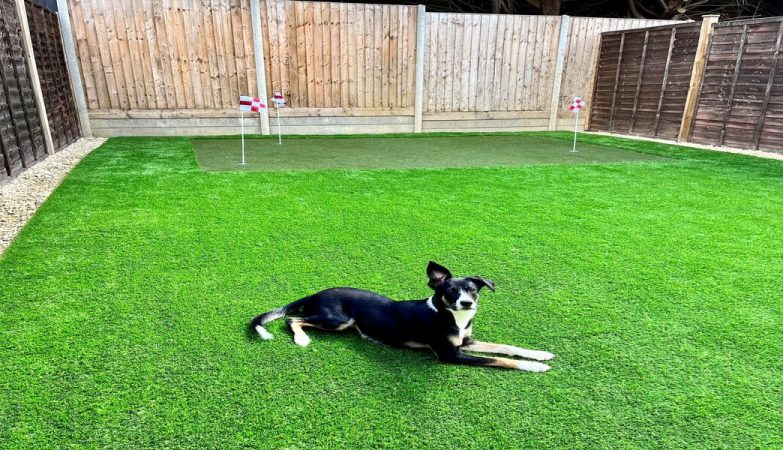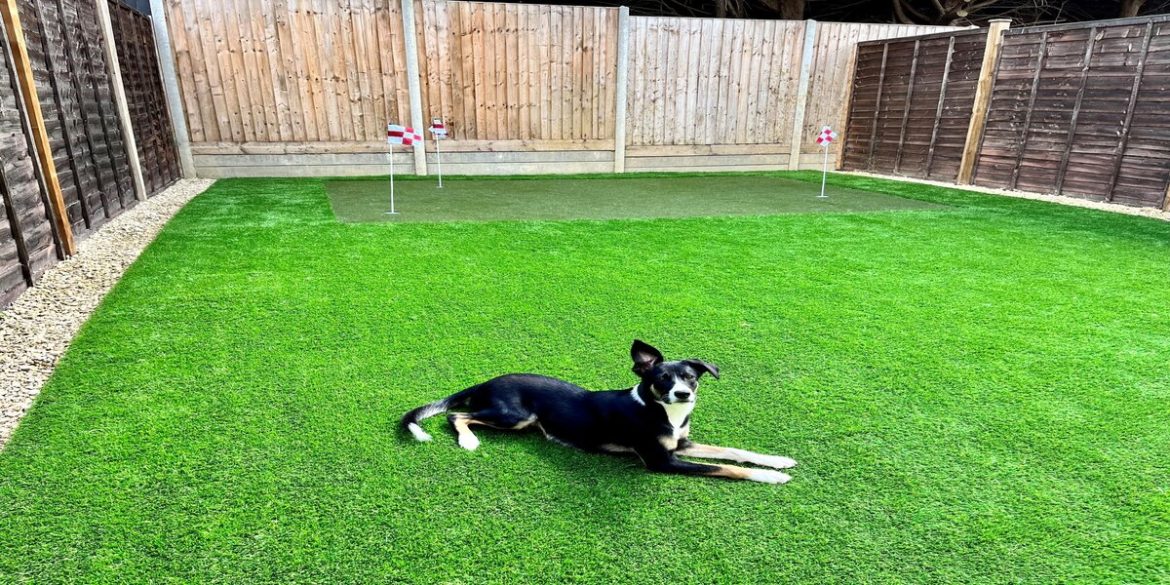Personalized Retina Laser Therapy Services: Revolutionizing Eye Care
Personalized Retina Laser Therapy Services are at the very front of current ophthalmology, offering fitted medicines to address different retinal circumstances. These services utilize progressed laser innovation to give exact and powerful arrangements, improving patient results and safeguarding vision.
Understanding Retina Laser Therapy
Retina laser therapy includes the utilization of shone light pillars to treat retinal problems. This painless methodology is essential for overseeing conditions like diabetic retinopathy, retinal tears, and age-related macular degeneration (AMD). By focusing on an unambiguous region of the retina, the laser can seal spills, lessen expanding, and fix tissue, advancing better visual wellbeing.
Benefits of Personalization
One of the huge progressions in retinal laser therapy is the shift towards personalized medicines. Personalized retina laser therapy thinks about the novel physical and neurotic attributes of every patient’s retina. This customization guarantees:
Precision:
Custom-made laser settings upgrade treatment precision, diminishing the gamble of harm to encompassing sound tissue.

Effectiveness:
Modified medicines are more compelling in resolving explicit retinal issues, prompting work on understanding results.
Comfort:
Personalized approaches frequently bring about more limited treatment times and speedier recuperation, improving patient solace and fulfillment.
Applications of Personalized Retina Laser Therapy
Personalized retina laser therapy is flexible and can be utilized to treat a scope of retinal circumstances, including:
Diabetic Retinopathy:
Laser therapy oversees diabetic retinopathy via fixing spilling veins and lessening retinal expanding.
Retinal Tears and Detachments
Laser treatment can actually fix retinal tears and forestall the movement to retinal separation.
Age-Related Macular Degeneration (AMD):
In particular sorts of AMD, laser therapy can slow illness movement and save focal vision.
Advancements in Technology
The field of retina laser therapy has seen huge mechanical headways, adding to the ascent of personalized medicines. Developments include:
Adaptive Optics:
This innovation considers high-goal imaging of the retina, supporting exact focusing during laser therapy.
Laser scanning systems:
High-level laser frameworks give point-by-point planning of the retina, working with altered treatment plans.
Personalized Retina Laser Therapy Services address a critical jump forward in the treatment of retinal circumstances. By fitting medicines to the singular necessities of every patient, this approach improves accuracy, viability, and generally quiet insight. As innovation keeps on propelling, the eventual fate of personalized retina laser therapy looks encouraging, offering hope to those impacted by retinal infections and preparing for better visual wellbeing.

























